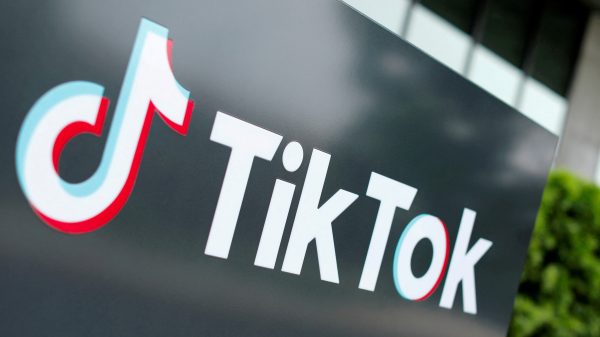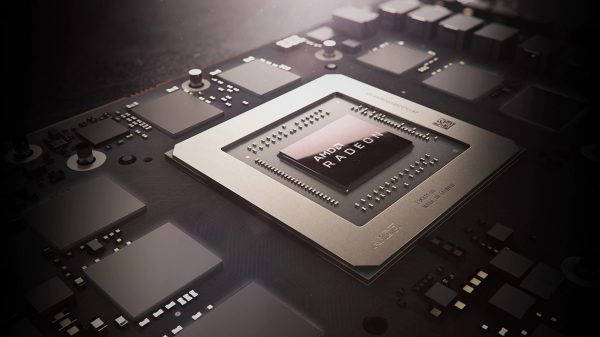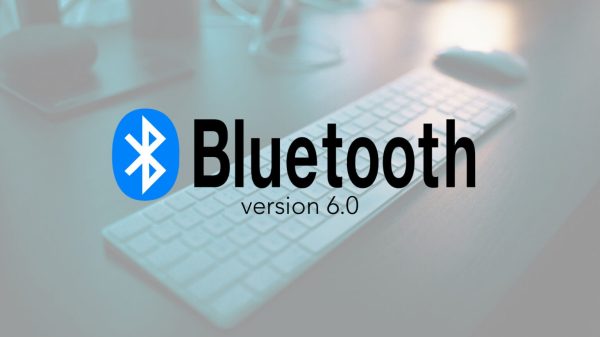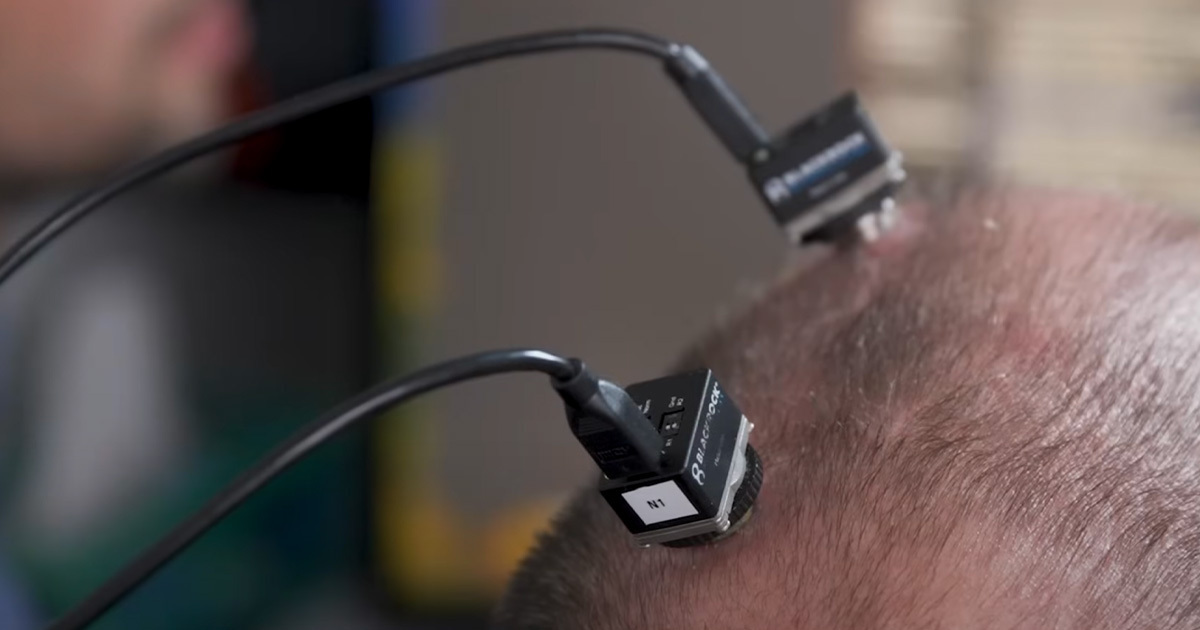Researchers from the University of California, Davis, have achieved a significant breakthrough in brain-computer interface (BCI) technology, enabling the translation of brain signals into readable text with exceptional accuracy.
The system, which boasts an error rate of less than 3%, is comparable to that of a non-disabled person reading aloud. This development holds transformative potential for individuals with severe disabilities that impair their ability to speak, offering them a new method to communicate clearly and efficiently.
The study, published in the New England Journal of Medicine, centers on Casey Harrell, a 45-year-old ALS patient who participated in the research. ALS, commonly known as Lou Gehrig’s disease, had severely limited Harrell’s ability to communicate, reducing his speaking rate to a mere 6.8 words per minute.
After receiving a microelectrode array implant in his brain, Harrell experienced a remarkable improvement in communication, marking a pivotal moment in his fight against the disease.
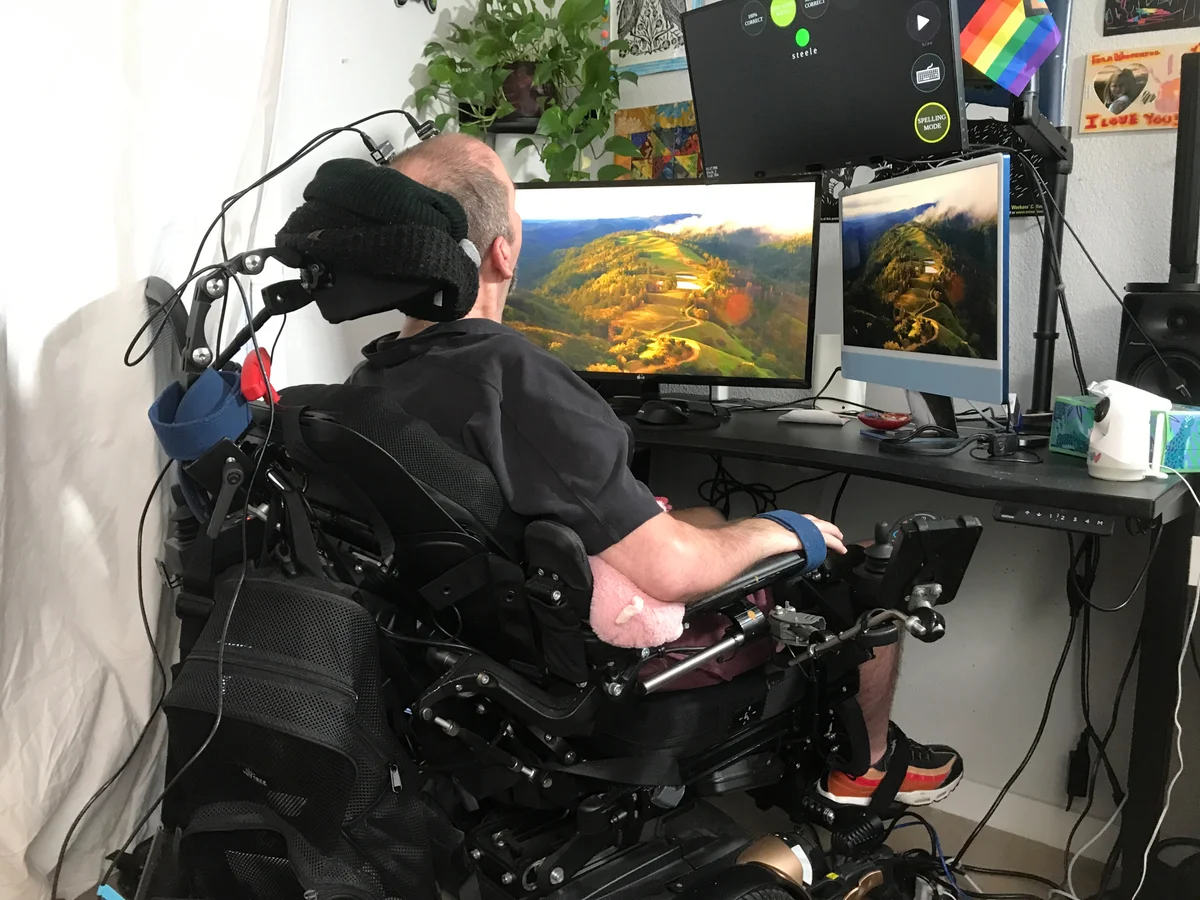
UC Davis Researchers Achieve Breakthrough in BCI Tech, Enabling Near-Perfect Brain-to-Text Communication
The BCI system utilized by the research team involved BlackRock Neurotech’s NeuroPort system, which processed brain signals through electrodes implanted in Harrell’s brain. These signals were decoded by a specialized software platform known as BRAND, allowing Harrell to construct sentences with real-time accuracy.
This revolutionary approach restored his ability to communicate with his family, offering a significant improvement in quality of life and independence.
The experiment yielded immediate success. In initial tests using a 50-word vocabulary, Harrell achieved a decoding accuracy of 99.6%. When the test vocabulary expanded to more than 125,000 words—covering the majority of the English language—the system maintained high accuracy, with Harrell’s speech being decoded correctly over 97.5% of the time after months of continued training and testing. This high level of accuracy indicates the system’s robustness and adaptability.
Led by neuroscientist Sergey Stavisky and neurosurgeon David Brandman, the research represents a critical advancement in the restoration of communication for disabled individuals. Harrell’s success with the neuroprosthesis not only demonstrates the technology’s capabilities but also provides hope for future patients.
The emotional significance was evident when Harrell cried tears of joy as he successfully communicated through the system for the first time, a moment that resonated deeply with the research team and highlighted the profound impact of this technology.










